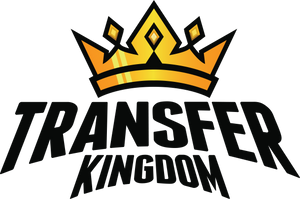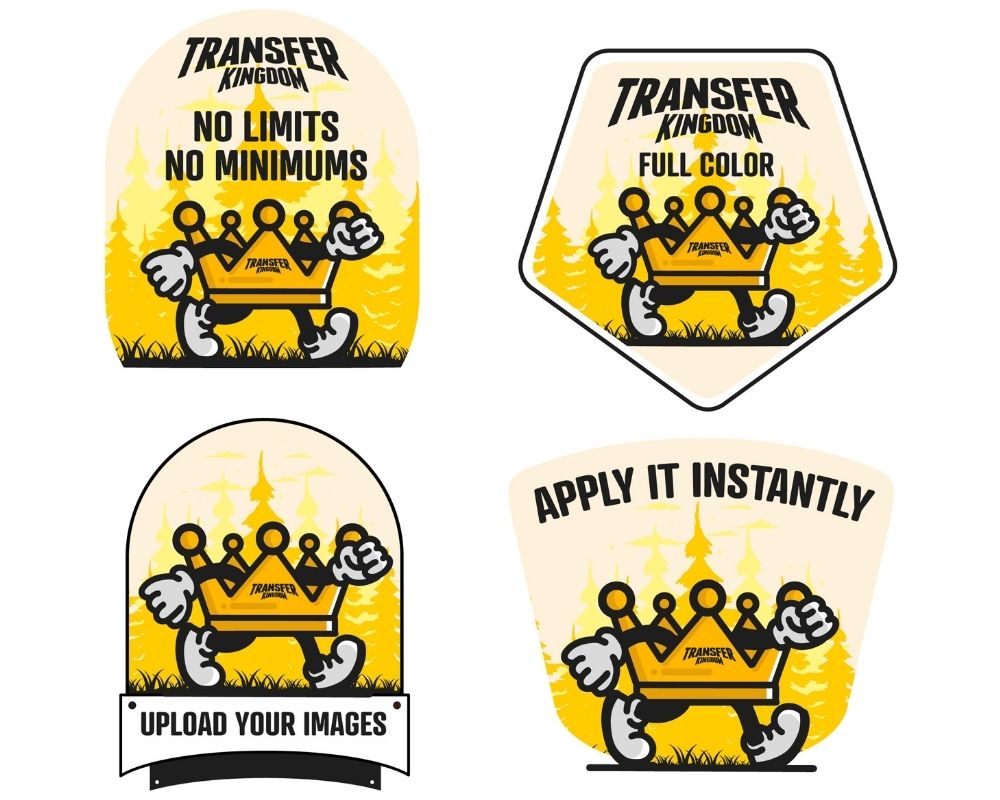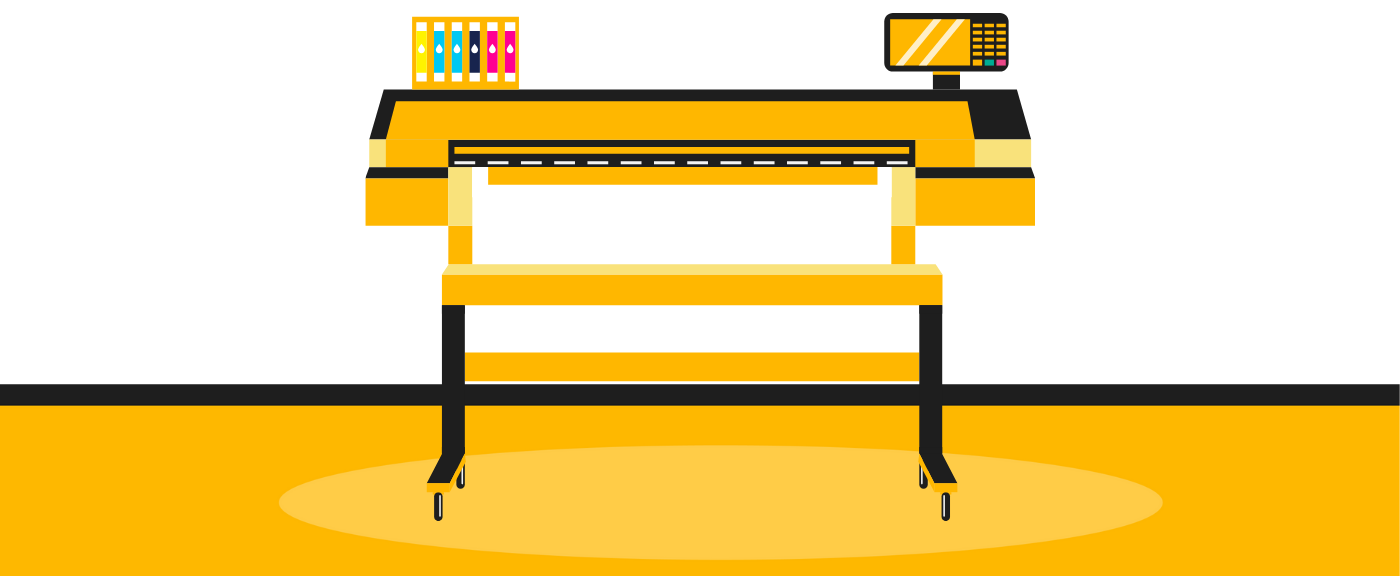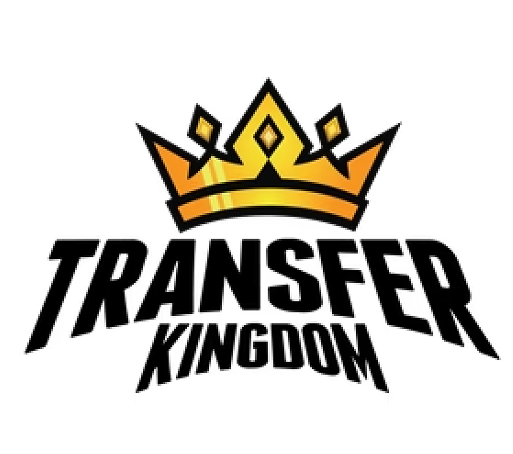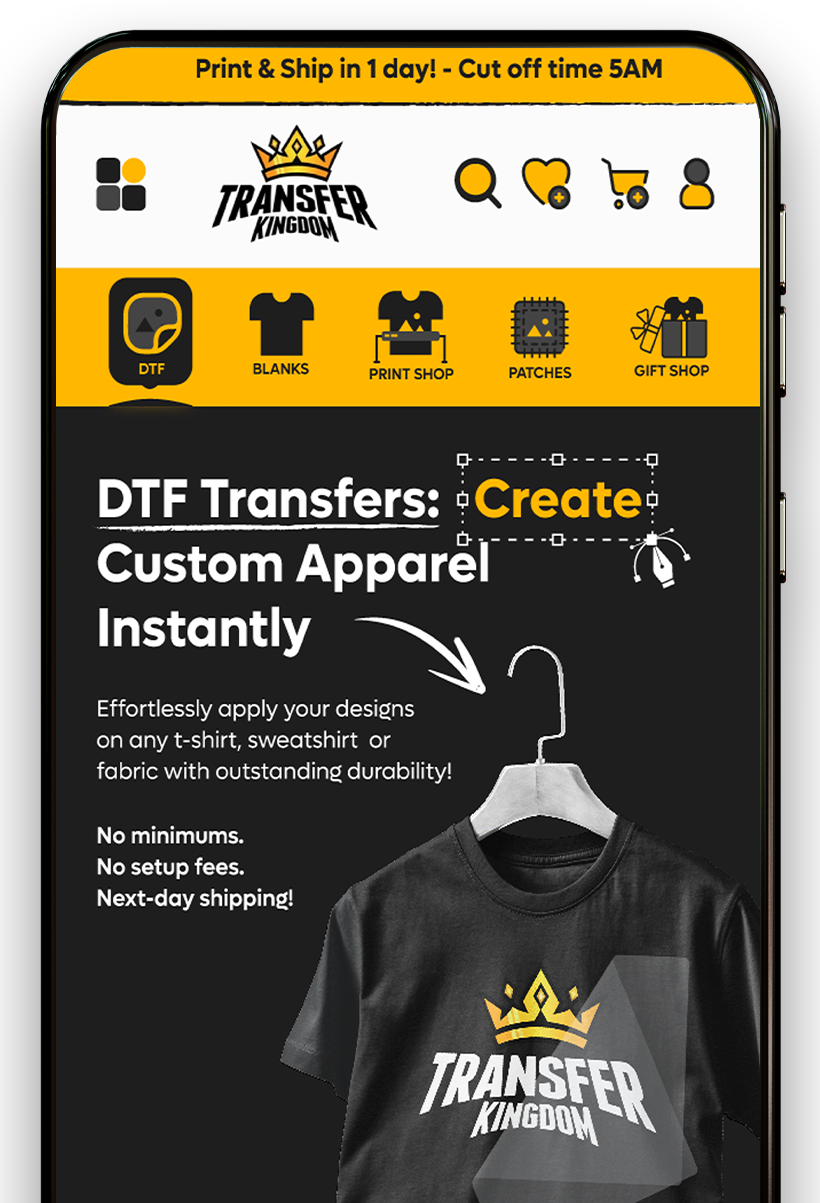Smart Pricing Strategies for DTF Apparel
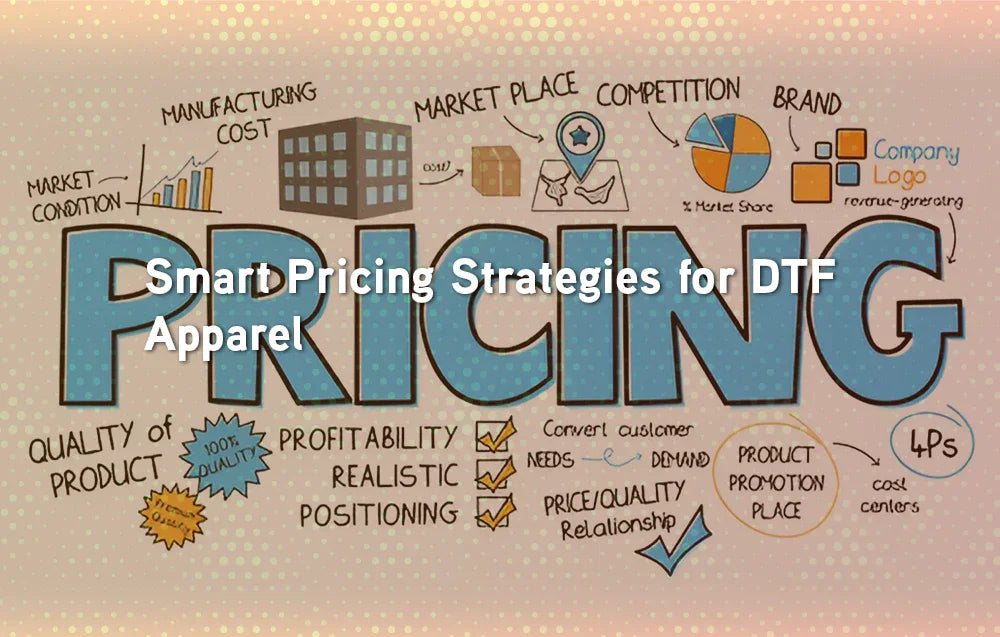
Pricing is one of the most critical parts of running a successful DTF apparel business. Set prices too high, and you risk scaring away buyers. Go too low, and your profits vanish. This guide breaks down smart pricing strategies tailored for DTF apparel in 2025, helping you balance affordability, profitability, and growth.
Why Pricing Matters for DTF Apparel
Your pricing strategy impacts:
Profit Margins: Ensures your business is sustainable.
Customer Perception: Price influences how customers view quality.
Sales Volume: Right pricing helps maximize conversions.
Brand Positioning: Premium vs budget brand identity.
👉 Using tools like the Custom Gang Sheet Builder helps cut costs, giving you more flexibility when setting prices.
Step 1: Know Your Costs
Before you can price smart, you need to understand your cost structure:
Blanks: Use Blank Apparel for consistent quality.
Transfers: Calculate per-piece cost with Custom DTF Transfers or Premade Gang Sheets.
Shipping & Packaging: Factor in materials and carrier fees.
Labor: Your time pressing and preparing orders.
Overhead: Website, ads, heat press maintenance.
📌 Quick Recap: Know your costs → set your baseline price.
Step 2: Choose a Pricing Model
Popular pricing models for DTF apparel:
Cost-Plus Pricing: Add a fixed margin on top of costs.
Value-Based Pricing: Price based on perceived value, not just costs.
Bundle Pricing: Offer discounts for multiple items.
Tiered Pricing: Higher prices for specialty items like Glitter Transfers or UV Stickers.
💡 Pro Tip: Mix models—basic tees cost-plus, specialty drops value-based.

Step 3: Research Competitor Pricing
Look at Etsy, Amazon, and Shopify competitors.
Standard custom tees: $18–25.
Premium niche designs: $25–35.
Limited editions: $35+.
👉 Seasonal collections like Halloween and Christmas often command higher prices due to urgency.
Step 4: Factor in Perceived Value
Customers don’t buy only on cost—they buy on perceived value.
Ways to increase perceived value:
Professional product photos.
Lifestyle mockups.
Custom packaging.
Specialty finishes (glitter, metallic, puff).
📌 Quick Recap: Better presentation = higher selling price.
Case Study: Two Pricing Approaches
Seller A: Used only cost-plus pricing. Shirts priced at $19.95, but customers saw them as cheap and basic. Sales were steady but margins stayed low.
Seller B: Combined value-based pricing with strong branding. Added premium touches, marketed as limited edition, and sold at $29.95. Their profit margin increased, and sales volume actually grew.
📌 Lesson: Smart pricing + branding often beats low pricing.

Table: Pricing Model Comparison
| Model | Pros | Cons | Best For |
|---|---|---|---|
| Cost-Plus | Simple, predictable | May underprice premium items | Beginners |
| Value-Based | Maximizes profits | Requires strong branding | Premium brands |
| Bundle Pricing | Increases order value | Lower per-item margin | Stores with multiple SKUs |
| Tiered Pricing | Matches price to product type | Complex to manage | Specialty drops |
Step 5: Use Discounts Strategically
Discounts drive sales, but overuse hurts profits.
First-time buyer discounts (10–15%).
Seasonal sales (Black Friday, Christmas).
Bundle discounts (buy 2, save 10%).
Loyalty discounts for repeat customers.
💡 Pro Tip: Always highlight the original price to show savings.
Step 6: Test and Adjust
Don’t set prices once and forget them.
Run A/B tests with two price points.
Track conversion rates and profit margins.
Adjust prices by season or trend.
Use analytics from Shopify/WooCommerce dashboards.
👉 Use DTF Gang Sheet Uploader to test new designs affordably while experimenting with pricing.
Step 7: Scale with Smart Pricing
As your business grows:
Introduce premium lines with higher margins.
Offer upsells like UV DTF Cup Wrap Stickers.
Add wholesale pricing tiers for bulk orders.
📌 Quick Recap: Growth means scaling pricing—not just production.
Conclusion
Smart pricing strategies for DTF apparel require balancing cost, value, competition, and branding. By knowing your costs, testing pricing models, and leveraging value-based strategies, you can boost profits while keeping customers happy.
With Custom DTF Transfers, Gang Sheet Builder, and Blank Apparel, you have the tools to keep costs low and profits high.
👉 Remember: Price communicates value. Set it smartly, and your DTF apparel business can thrive in 2025 and beyond.
What’s the average selling price for custom DTF shirts?
$18–25 for standard tees, $25–35 for premium.
How do I calculate my baseline price?
Add up blanks, transfers, shipping, labor, and overhead.
Should I always price low to compete?
No—value-based pricing can increase profits.
Can I charge more for specialty finishes?
Yes, glitter, puff, or UV transfers justify higher prices.
How do discounts affect profitability?
Used strategically, they increase sales without killing margins.
Should I offer bundle deals?
Yes—bundles increase average order value.
How often should I adjust pricing?
Review quarterly or with seasonal shifts.
Do customers equate higher price with higher quality?
Often yes—branding supports higher perceived value.
Is wholesale pricing possible with DTF?
Yes—use gang sheets for bulk cost savings.
Where can I order transfers affordably?
At Transfer Kingdom: DTF Transfers Ready-to-Press.
